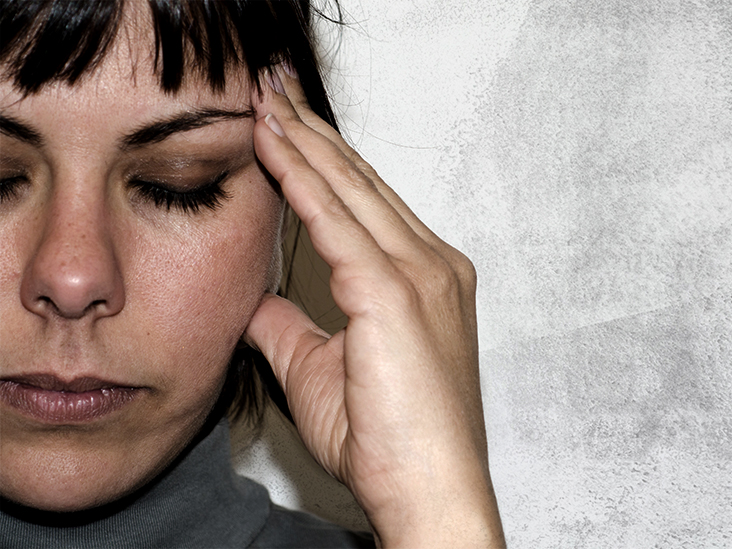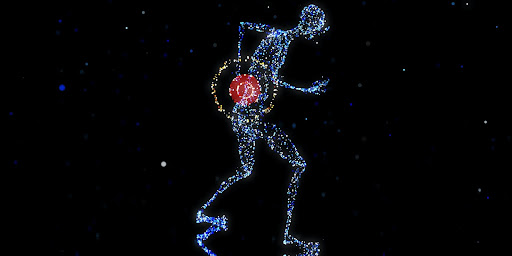A Quick Shot: What Your Headache's Location Can Actually Tell You?
Oct 01, 2023
Introduction
Did you even know that where your headache is located can tell you a lot about that now? The headaches you get and the potential treatments depend on where the pain is in your head. There are lots of headaches. An estimated 50 to 75 percent of adults reported having a headache in the previous 12 months. Between 1.7 and 4% of adults experience chronic headaches, defined as 15 or even more headache days each month.
You can identify the precise cause of your headache and determine the most effective course of treatment by noting where it is. Let's examine the most typical headache types according to location and when it's crucial to seek medical attention if you're looking for the best treatment for your headaches. Here is a guide on what the location of your headache can actually tell you.
Cluster Headaches
A symptom of the cluster headache can be head pain across your eyes. Because they tend to happen in groups or clusters and can last up to three hours, cluster headaches receive their name. These cluster headaches may occur several hours a day or several days apart. You might go weeks or even years without having another cluster headache after the episode is over.
A cluster headache causes severe, frequently behind one eye-focused agony. It usually peaks in Ten to Fifteen minutes, and the side of the affected eye may enlarge or have drooping eyelids. Sweating can also start, along with restlessness and excitement. Additionally, a runny or stuffy nose could appear. One of the most excruciating types of headaches, cluster headaches, is also one of the least prevalent, affecting men more frequently than women.

Back of Head
You can get a headache throughout the rear of your head in the final spot. The rear of the head pain is frequently caused by herniated discs, bad posture, or neck arthritis. Low cerebrospinal fluid pressure in the brain may cause spontaneous intracranial hypotension, which manifests as a pain in the rear of the head and the neck. Indicators that your headache is caused by spontaneous intracranial hypotension include discomfort that worsens when you stand up straight, sits upright, breathe, cough, strain, or perform physical activity. We strongly advise you to get medical help.
Migraine
A migraine is most often the cause of pain that throbs and lasts for a while, accompanied by nausea, changes in vision, or other sensations. It gets worse with light and noise. Usually, it gets worse as you exercise. The pain may go to the forefront of your head, travel from one part of the head to another, or feel as though it is pervasive throughout your brain. Although it's uncommon, a migraine may cause a runny or stuffy nose and watery eyes and make you think you have a sinus infection. The same things frequently cause migraines to strike you again. The easiest way to avoid them is to recognize the pattern.
Sinus Headaches
Allergies like hay fever can cause symptoms comparable to the common cold, including a headache between your eyes and your nasal passages. True sinus headaches, however, are typically infrequent. Typically, these headaches are migraines, which can hurt the sinuses. It is uncommon for eyestrain to cause a headache behind the eyes. Consider visiting your doctor to receive a diagnosis if you believe you are experiencing sinus headaches. Your doctor can assist in establishing whether migraines are more likely to be the source of your pain than allergies are.
Tension Headache
The most frequent sort of headache and typically this type is a tension headache. Your neck may also feel tender and painful when you have a tension headache. Muscle tension in the upper body is a common source of tension headaches. They may persist for several hours or even days on occasion.

Conclusion
You can learn more about the kind of headache you're experiencing by examining the part of the head that hurts. You can know much more from other indicators and the recurrence of your headaches. Regardless of the type of headache you encounter, it's crucial to consult your doctor if the pain becomes persistent or incapacitating, if it feels different from how it used to, if it comes on suddenly, or if it's accompanied by other symptoms like fever, uncertainty, stiff neck, double sight, or seizures.





